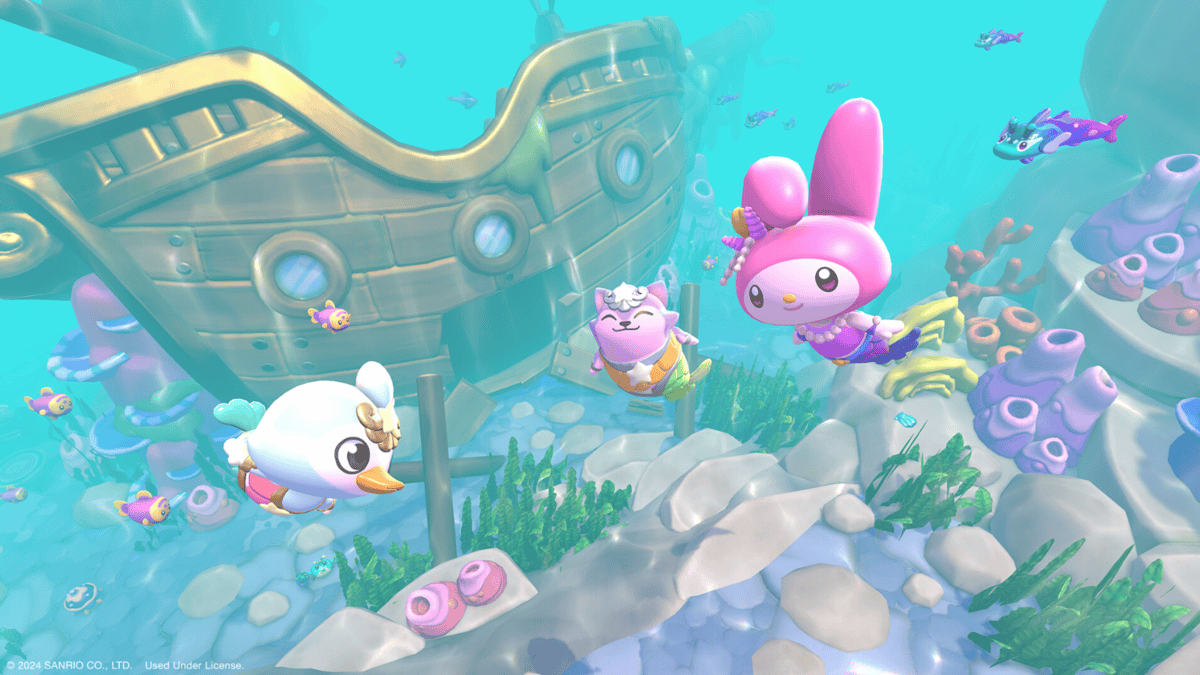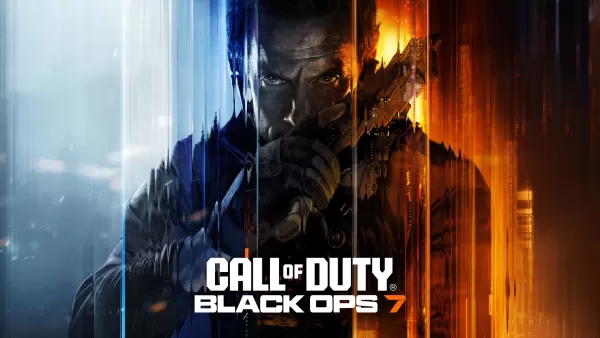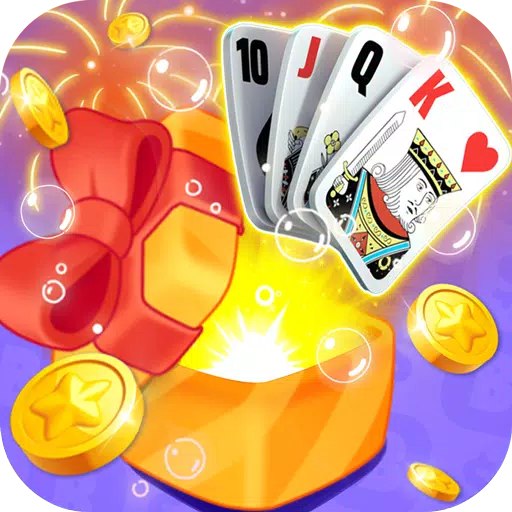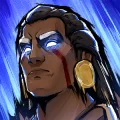After getting a firsthand look at *The Outer Worlds 2*, it's evident that Obsidian has prioritized enhancing the game's RPG elements. While the original game was more accessible with its streamlined systems and character progression, the sequel aims to break away from uniformity, encouraging players to embrace unconventional playstyles. This isn't just about complexity for its own sake; *The Outer Worlds 2* seeks to foster creativity, specialization, and the embrace of unique choices.
"We're looking for ways to incentivize the player to experiment with different builds, either traditional or non-traditional," shared design director Matt Singh, discussing the revamped RPG mechanics. He emphasized the focus on synergies, where player Skills, Traits, and Perks interact to create intriguing builds that leverage other systems. These concepts were showcased in our exclusive 11 minutes of *The Outer Worlds 2* gameplay, highlighting new gunplay, stealth, gadgets, and dialogue. In this IGN First exclusive coverage, we dive into the details of these revamped systems and what players can expect.
Rethinking the Skill System
"We would often see characters good at everything, which by the end of the game, minimized your personal experience with your character," reflected lead systems designer Kyle Koenig on the original game and the changes planned for the sequel. Obsidian is moving away from the grouped Skill categories of the first game, opting instead for individual Skills with more distinct differences. "We wanted to focus on making each individual level-up and investment really important. There's less confusion on when I should invest in one Skill or the other. If I want to be a player that's all about guns and using medical devices, I know which Skills I really need to care about. By having them separated and not in groupings, it lets characters be more specialized," Koenig explained.
Singh added, "There's more than just a traditional stealth-focused build, combat-focused build, or speech-focused build. There's a lot of blending of concepts, playing with other systems and incorporating those into a pretty broad, but unique range of different player profiles." He highlighted how certain Skill investments could manifest in new ways, such as the Observation Skill, which can reveal hidden environmental elements like secret doors or interactive objects, leading to alternative gameplay paths.
The Outer Worlds 2 Character Creation - Screenshots
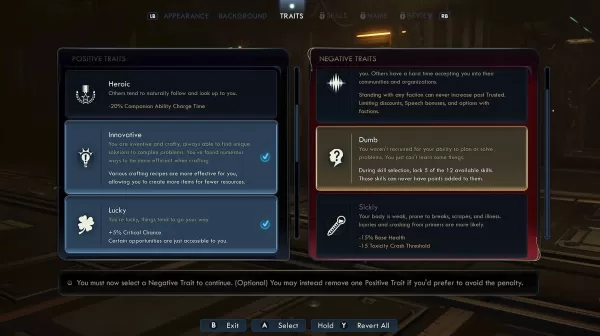
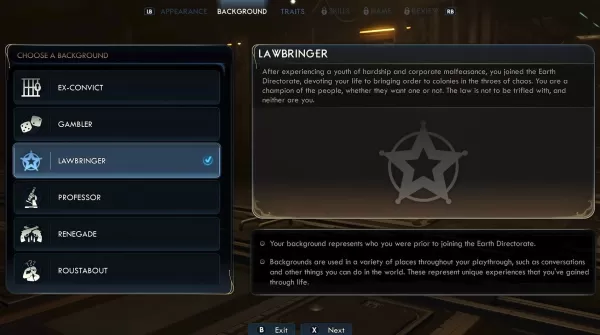 4 Images
4 Images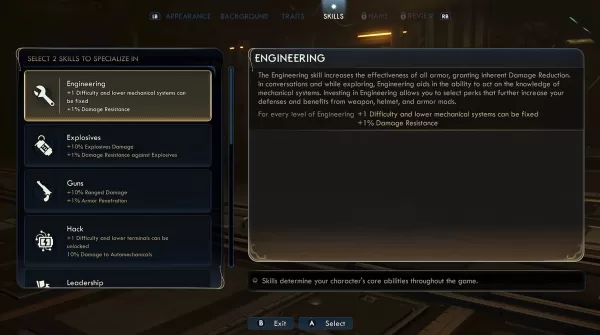
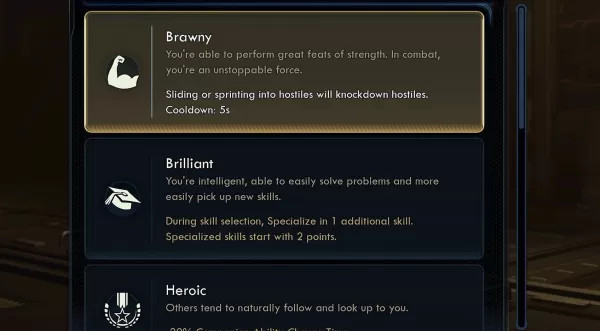
While this approach may seem standard for an RPG, *The Outer Worlds* was unique in its Skill grouping. The sequel aims to use this revised Skill system to foster greater diversity and open up new possibilities in character builds, particularly through the revamped Perks system.
The Perks of Getting Experimental
Obsidian is focusing on specificity and offering unique gameplay avenues. "We've significantly increased the number of Perks with over 90 of them – each of those requiring various Skills to unlock. As you invest in Skills, it changes how you can invest in Perks and leads you down many different paths," Koenig explained. He cited the "Run and Gun" Perk for shotgun, SMG, and rifle users, allowing firing while sprinting or sliding, enhanced by Tactical Time Dilation (TTD) for bullet-time action. Another example is the "Space Ranger" Perk, which offers unique dialogue interactions and damage boosts based on Speech stats. "The way we looked at them when designing them was to look at what are all the different modes of gameplay the player has, and what are all the actions they can take and how can we modify them," Koenig stated.
"We have a lot of Perks that are catered towards non-traditional play styles," Singh noted, mentioning a build for players who kill every NPC, supported by Perks like Psychopath and Serial Killer, granting bonuses such as permanent health boosts. "Especially in an Obsidian game where we allow you to kill anybody – the game's going to respond, it's going to roll with it, and you're going to still be able to complete the game. It's actually a really fun way to play in a second or third playthrough just to see how far you can take it."
For more traditional playstyles, Koenig discussed builds leveraging elemental combat, like using plasma to burn enemies while healing, or using shock damage to control automechs and paralyze foes, or corrosive damage to strip armor for critical hits.
The Positive and Negative Traits
"One of the things in *The Outer Worlds* that was a key off of *Fallout* was you could have negative attributes that would be actively detrimental to your character, but you get a few extra points to spend somewhere else," Koenig mentioned. This was implemented through the Flaws system, where players could take permanent effects in exchange for an extra Perk point. In *The Outer Worlds 2*, this concept is expanded.
The system of Positive Traits and Negative Traits is central to the game's give-and-take mechanic. Players can choose a negative Trait like Brilliant, granting extra Skill points, or Brawny, allowing them to knock targets down by sprinting into them. To gain more positive Traits, players might select a negative one like Dumb, which locks them out of five Skills, or Sickly, reducing base health and toxicity tolerance.
The Outer Worlds 2 Gameplay - Screenshots
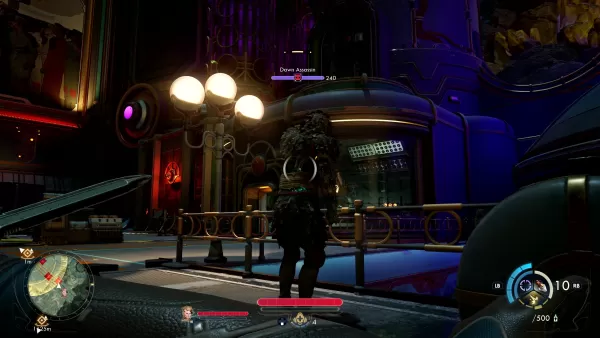
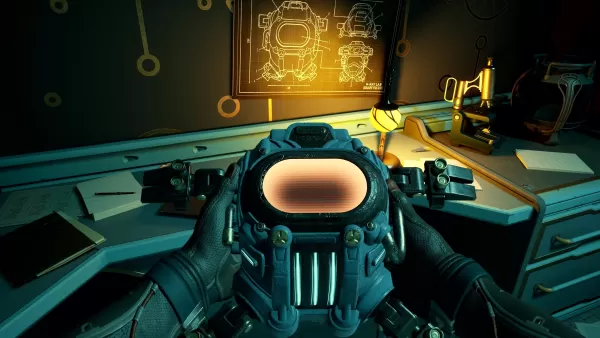 25 Images
25 Images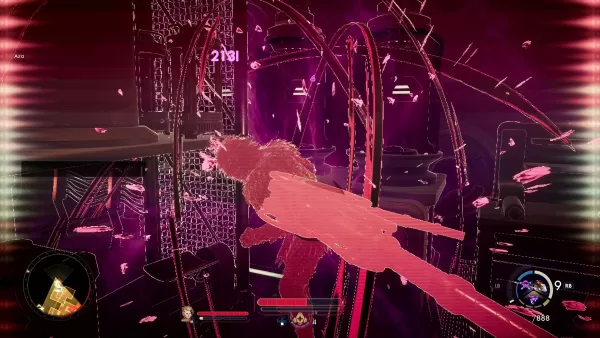

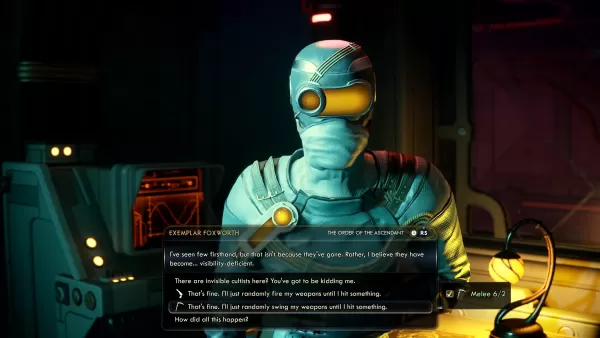
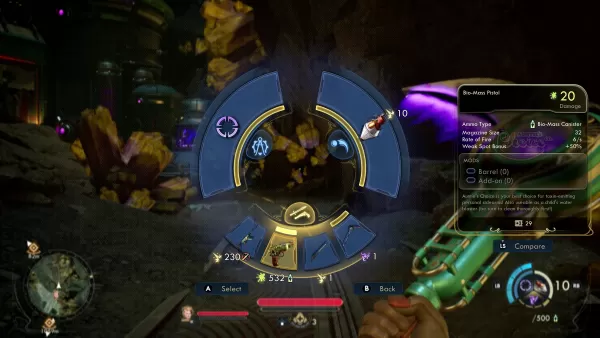
While more details on the revamped Flaws will be covered in a future article, it's clear that *The Outer Worlds 2* is taking a more creative and playful approach. In the original game, I often declined Flaws as the extra Perk points weren't worth the compromise. In the sequel, the game monitors player behavior and habits, offering Flaws with both positive and negative conditions that appear based on gameplay, adding a layer of unpredictability to the Traits system.
Guiding Players and Ditching Respec
With many new elements, Obsidian aims to make these features clear and accessible, from in-game explanations to UI enhancements. "Right from the get-go, from character creation, we really wanted to put in the forefront what are the differences of these skills and what they do," Koenig explained. This includes help text and short videos in menus demonstrating gameplay impacts. A notable feature is the ability to mark Perks as favorites before unlocking them, aiding in planning specific builds.
"We're looking for ways to incentivize the player to experiment with different builds, either traditional or non-traditional," Singh reiterated. Obsidian wants players to think carefully about their choices, especially since there's no respec option after the introductory sequence. "By removing respec, we really incentivize it to be your experience. It is a part of your experience that no one else had, and I think that's really special about RPGs and something that respec tends to lessen," Koenig emphasized.
Singh concluded, "Philosophy-wise, we really feel all of your choices should matter. They should be meaningful changes to your gameplay experience. And this is just one of those ways where we're asking you to make a choice, stick to it, and see how that plays out in interesting and fun ways."

